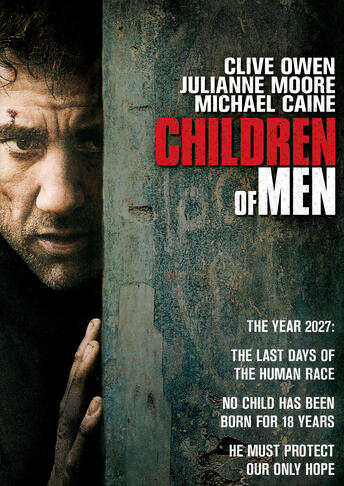 Zodiac
ZodiacDirected by David Fincher
Genre
- Thriller
- Non-fiction
- Drama
- Crime
- Biographical
Main Character
- Mark Ruffalo
- Jake Gyllenhaal
- Robert Downey Jr
Description
Zodiac is a 2007 American mystery-thriller film directed by David Fincher. The screenplay by James Vanderbilt is based on the 1986 non-fiction book of the same name by Robert Graysmith. The film stars Jake Gyllenhaal, Mark Ruffalo, and Robert Downey, Jr., with Anthony Edwards, Brian Cox, Elias Koteas, Donal Logue, John Carroll Lynch, Dermot Mulroney and Chloë Sevigny in supporting roles.
Zodiac tells the story of the manhunt for a notorious serial killer who called himself the “Zodiac” and killed in and around the San Francisco Bay Area during the late 1960s and early 1970s, leaving several victims in his wake and taunting police with letters, blood stained clothing, and ciphers mailed to newspapers. The cases remain one of Northern California’s most infamous unsolved crimes.
Cameraworks
Zodiac offers unrestricted Showcase of characters, settings and plot
Audience knows more than the characters – Zodiac never caught, we know about killings
Zodiac offers unrestricted Showcase of characters, settings and plot
Audience knows more than the characters – Zodiac never caught, we know about killings
Long shots, wide angle, high angle








